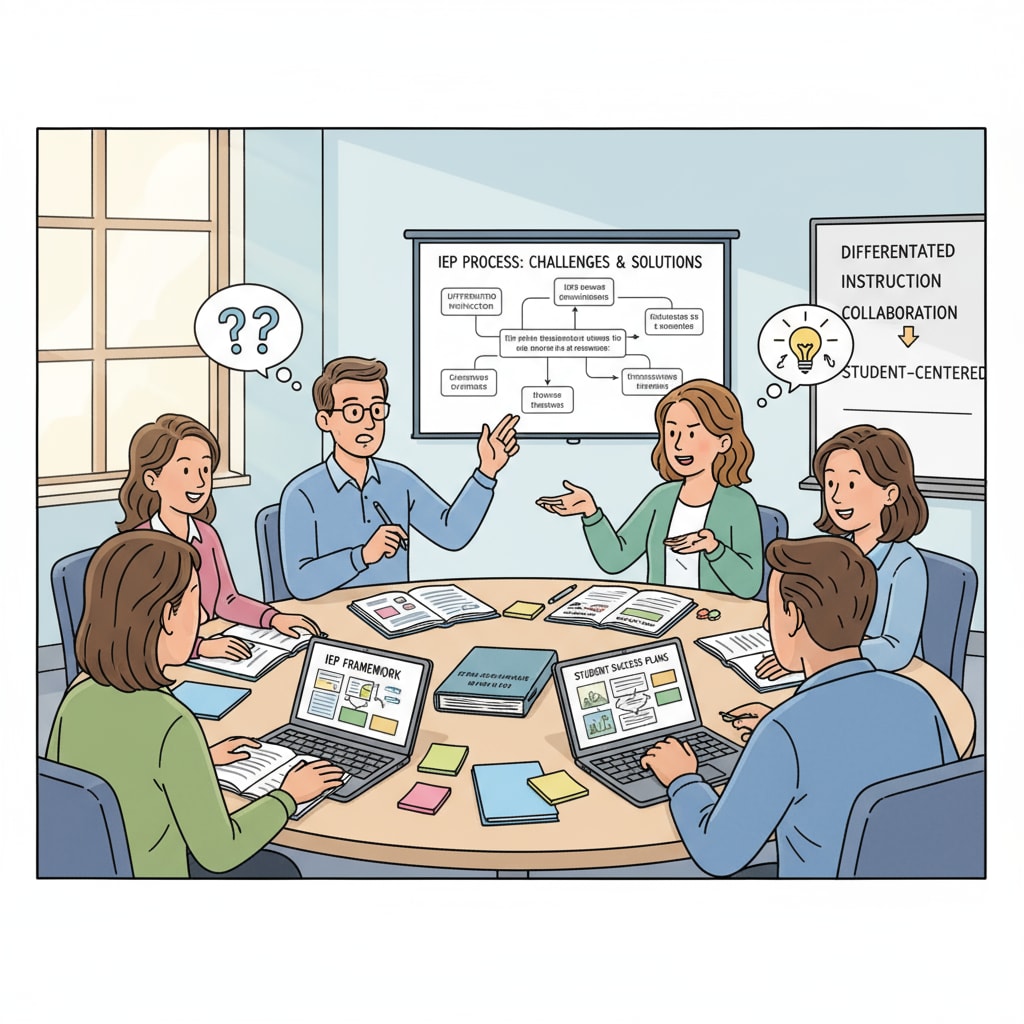The Individualized Education Program (IEP) in special education is renowned for its complexity, often posing significant understanding difficulties for educators. As the cornerstone of special education, an IEP is a customized plan designed to meet the unique needs of students with disabilities. Despite its crucial role, many professionals in the field find it a challenging document to navigate.

The Prevalence of IEP Comprehension Issues
Across the special education landscape, the struggle to understand IEPs is widespread. Many frontline teachers, despite their dedication and experience, admit to feeling overwhelmed by the document’s intricacies. A survey by the Council for Exceptional Children Council for Exceptional Children revealed that a significant percentage of educators faced difficulties in interpreting IEP goals and objectives accurately. For example, they often misjudged the appropriate accommodations and modifications required for students. This lack of understanding can have a direct impact on the quality of education provided to students with disabilities.
Reasons Behind the Confusion
One major factor contributing to the confusion is the highly technical language used in IEPs. Filled with educational jargon and legal terms, these documents can be a maze for those not well-versed in the field. Additionally, the individualized nature of IEPs means that each one is unique, making it difficult for educators to develop a standardized approach to understanding them. Another aspect is the lack of proper training. Many teachers enter the field with limited exposure to IEP development and interpretation. Without adequate instruction, they are left to decipher these complex documents on their own.

Furthermore, the dynamic nature of students’ needs adds another layer of complexity. As students progress, their IEPs need to be updated accordingly. Keeping track of these changes and ensuring that the new plans are correctly understood can be a daunting task for educators.
Solutions to Enhance IEP Readability and Usability
To address these issues, several solutions can be implemented. First and foremost, there should be improved training programs. These programs should not only focus on the legal aspects of IEPs but also on practical interpretation and implementation. For instance, hands-on workshops can be organized to allow teachers to practice working with IEPs. In addition, simplifying the language used in IEPs is crucial. Using plain language and avoiding excessive jargon can make the documents more accessible. Clear and concise explanations of goals, accommodations, and modifications should be provided.
Moreover, the use of visual aids and templates can significantly enhance understanding. Graphs, charts, and flowcharts can be incorporated to illustrate key points. Standardized templates can also help educators become more familiar with the structure of IEPs. Regular communication and collaboration among team members, including teachers, parents, and specialists, are also essential. This ensures that everyone is on the same page regarding the student’s needs and the IEP’s requirements.
Readability guidance: By summarizing the key points in short paragraphs and using lists, we can make the content more accessible. For example, under each H2, we presented a list of factors or solutions. We also controlled the use of passive语态 and long sentences, and added transition words like ‘however’, ‘therefore’, and ‘in addition’ to enhance the flow of the article.


